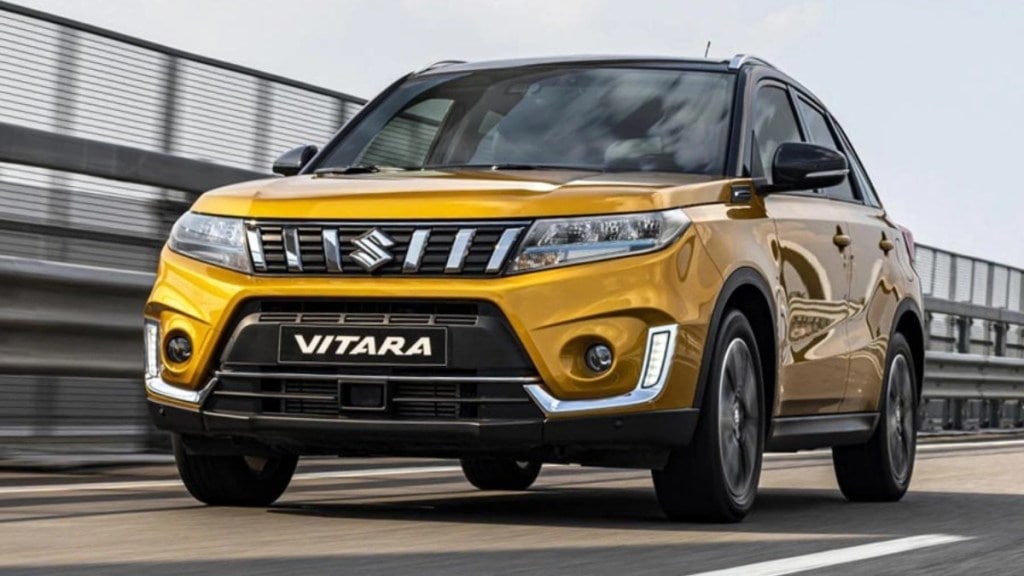SUVs might have overtaken other car segments in sales, but Maruti Suzuki India, the country’s largest passenger vehicle (PV) manufacturer, feels hatchbacks are a very large and important segment not only for Maruti, but the entire industry as well. The figures back the claim. While the SUV segment recorded volumes of 1.2 million units with a market share of 40% in FY22, the hatchback segment clocked volumes of 1.1 million units at 38% market share.
Maruti sold 788,000 hatchbacks during the fiscal and had a 68.4% share in the segment. The company’s hatchback models include the Alto, Alto K10, S-Presso, WagonR, Celerio, Ignis, Swift and Baleno. Maruti’s senior executive officer for marketing & sales Shashank Srivastava pointed out that the top four models in the industry have always been hatchbacks, including last year.
In FY22, the WagonR was the largest-selling car in India with volumes of 188,838 units, followed by the Swift at 167,827 units, the Baleno at 148,187 units and the Alto at 145,167 units. Not only were the four best-selling models hatchbacks, they were all also from Maruti. Tata Motor’s Nexon compact SUV followed these models at 124,130 units, at the same time being the top-selling SUV during the fiscal.
However, the hatchback segment has seen its market share shrinking over the past few years. For perspective, it contributed 46% to the overall PV sales in FY20 and 45% in FY21, before plunging to 38% in FY22. Within this segment, the entry-level hatchbacks’ share has fallen from 23% in FY20 to 21% in FY21 and further to 18% in FY22.
Talking about this decline, Srivastava said affordability is one of the main reasons behind it. “On the affordability factor, while the income (of individuals) did not go up as much, the prices (of vehicles) increased for many reasons, including commodity prices going up, new features being added, taxation and also due to compliance with regulatory requirements,” he added. He pointed out that the overall PV market has come down as well, adding, “We have not touched the peak of FY19”.
Also Read| Creation of a new asset-light electric vehicle subsidiary: M&M gets shareholders’ approval to merge EV company into self
In FY19, the industry recorded PV volumes of 3.3 million units. It slipped to 2.8 million units in FY20 and 2.7 million units in FY21, before recovering to 3.1 million units in FY22.
Maruti launched the new Alto K10 on Thursday. It was first introduced in 2010 and remained in the market till 2020, selling 897,000 units. Priced between 3.99 lakh and5.83 lakh (ex-showroom), the new model has been developed at a cost of nearly `570 crore (Maruti plus its suppliers).
When asked the reason for re-introducing the Alto K10, Srivastava said there are different consumers who want to have an option of powertrain. “We used to have both the Alto and the Alto K10 two years back, and their cumulative volumes were about 240,000 units,” he said. While the Alto gets a 0.8-litre engine, the Alto K10 uses a 1.0-litre engine.
Maruti is currently sitting on 387,000 pending bookings, of which 126,000 are for CNG models. Having reached a 95% production level, the company is trying to produce as per the underlying demand pattern, Srivastava said.



















